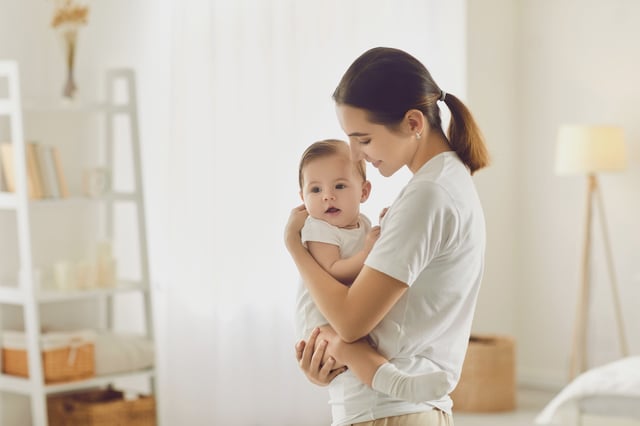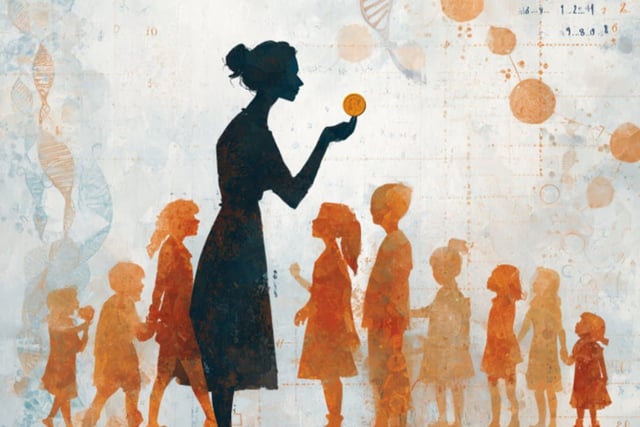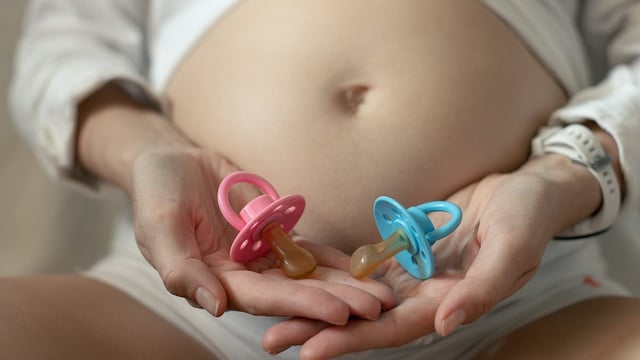Overview
- The Science Advances paper analyzed 146,064 pregnancies from 58,007 U.S. nurses in the Nurses’ Health Study II & III cohorts spanning births from 1956 to 2015.
- Statistical modeling revealed that each mother carries a “weighted coin,” with sex distributions fitting a beta-binomial pattern that became more pronounced after excluding final births to remove stopping-behavior effects.
- Families with three boys face a 61% chance of having another son and those with three girls have a 58% chance of another daughter, challenging the notion of equal odds for each birth.
- Maternal age at first birth over 28 and genetic variants near NSUN6 and TSHZ1 were identified as key factors skewing sex ratios toward unisexual sibships.
- Authors caution that the cohort’s 95% white U.S. nurses and lack of paternal genetic data limit generalizability and call for more diverse research to confirm these biases.



